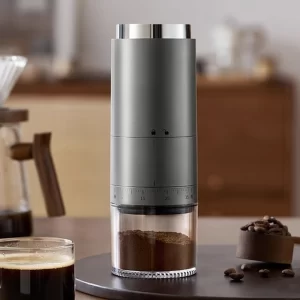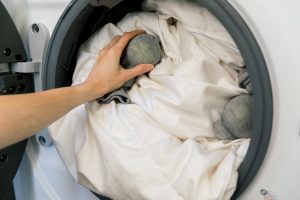How Do You Connect a Washing Machine to a Sink Drain?
Introduction:
Connecting a washing machine to a sink drain can be a practical solution when a dedicated plumbing system is not available. This setup is commonly used in apartment living, older homes, or temporary situations where plumbing modifications are not feasible. This comprehensive guide will walk you through all the necessary steps, materials, and considerations to successfully connect your washing machine to a sink drain system. Understanding the detailed process will help you achieve a secure and efficient connection.
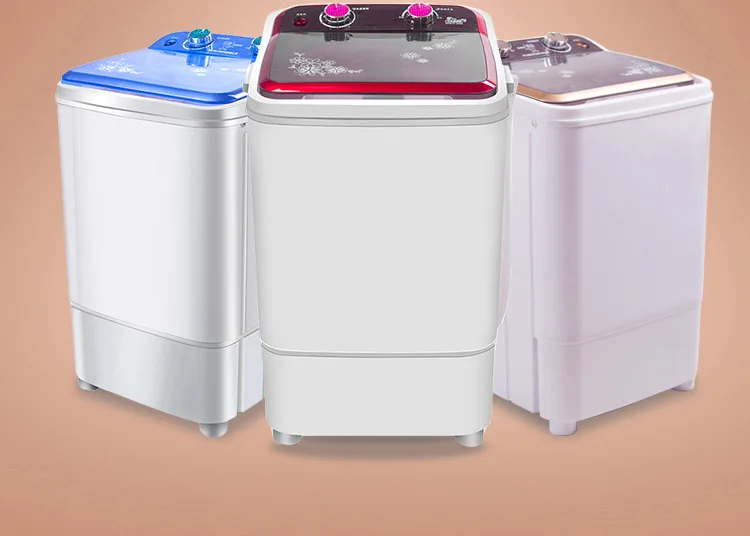
How Do You Connect a Washing Machine to a Sink Drain?
Understanding the Requirements for Connecting to a Sink Drain
Before beginning the installation, it’s crucial to understand the requirements and ensure you have everything needed for a successful connection.
Know Your Sink Setup: Understanding the type and configuration of your sink is essential. Ensure your sink has a suitable faucet and drain system that can support the washing machine’s water inlet and outlet hoses.
Water Pressure and Temperature: Ensure that the water pressure and temperature from the sink faucet meet the recommended specifications for your washing machine. Most washing machines require both hot and cold water connections.
Plumbing Knowledge: Basic knowledge of plumbing is helpful, but not strictly necessary. Following detailed instructions and understanding your sink’s plumbing layout can make the process smoother.
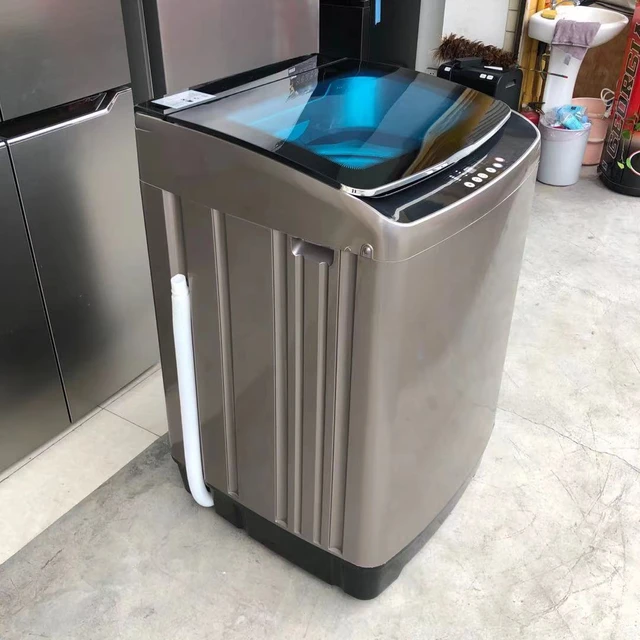
Required Tools and Materials
Having the right tools and materials will make the process more efficient and prevent unexpected delays.
Tools Needed:
- Wrench set (adjustable or specific sizes)
- Pliers
- Screwdrivers (flathead and Phillips)
- Utility knife (for cutting hoses if necessary)
- Tape measure
- Teflon tape (plumber’s tape)
- Bucket or container (to catch any water spills)
- Towels or rags (for cleaning up any water)
- Hole saw (if modification is needed for the drain hookup)
Materials Needed:
- Washing machine drain hose
- Washing machine water inlet hoses (hot and cold)
- Y-connector or faucet adapter (if a single faucet supplies both hot and cold water)
- Sink faucet diverter valve (optional)
- Hose clamp or strapping (to secure the drain hose)
- Hose connector (for some installations)
- Rubber washer or seal (to prevent leaks)
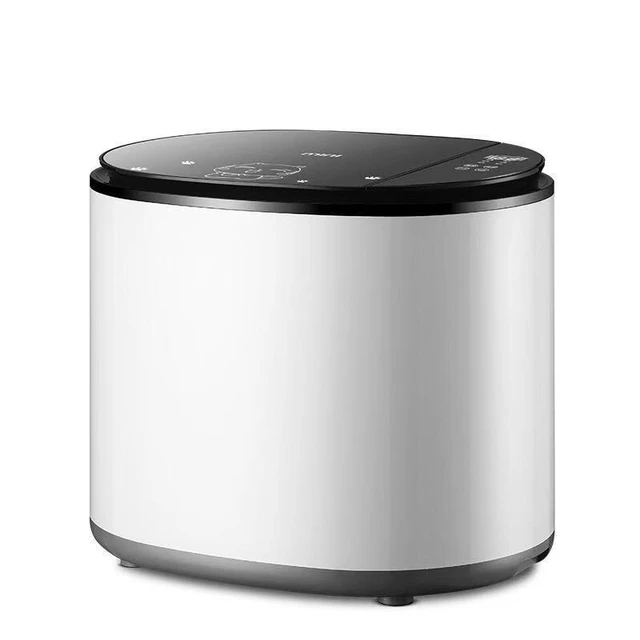
Step-by-Step Guide to Connecting a Washing Machine to a Sink Drain
Follow these steps to properly connect your washing machine to the sink drain, ensuring a secure and functional setup.
Step 1: Prepare the Sink Area
Clear the Area: Before starting the installation, clear the sink area of any items around or under the sink. This will give you more space to work and prevent any accidental damage or mess.
Turn Off the Water Supply: Ensure that the water supply to the sink is turned off. This can be done by closing the shut-off valves under the sink or turning off the main water supply to prevent any leaks during installation.
Check for Existing Plumbing: Inspect the existing plumbing to understand the layout and identify connection points for the washing machine hoses. Take note of the type of faucet and drain setup available.
Step 2: Attach the Faucet Adapter or Diverter Valve
Install the Faucet Adapter: If your sink has a standard faucet, you can use a faucet adapter to connect the washing machine’s water inlet hoses. Unscrew the aerator from the faucet and attach the faucet adapter in its place. Use Teflon tape on the threads to ensure a tight, leak-free fit.
Install a Diverter Valve (Optional): If you want to use the sink for both regular use and for connecting to the washing machine, consider installing a diverter valve. This allows you to switch between using the sink faucet and the washing machine inlet. Install the diverter valve according to the manufacturer’s instructions.
Step 3: Connect the Water Inlet Hoses
Attach the Inlet Hoses to the Faucet Adapter or Diverter Valve: Connect the washing machine’s hot and cold water inlet hoses to the faucet adapter or diverter valve. Ensure they are connected to the correct hot and cold water ports, if applicable. Tighten the connections with a wrench but avoid overtightening, which could damage the threads.
Connect the Other End to the Washing Machine: Attach the other end of the inlet hoses to the corresponding hot and cold water ports on the back of the washing machine. Use Teflon tape on the threads to prevent leaks. Tighten the connections securely.
Step 4: Position the Drain Hose
Place the Drain Hose in the Sink: Position the washing machine drain hose so that it can easily discharge water into the sink. Ideally, the end of the drain hose should hang over the edge of the sink to prevent spillage.
Secure the Drain Hose: Use a hose clamp, strapping, or a dedicated standpipe to secure the drain hose in place. This prevents the hose from moving or falling out during operation. Ensure the hose is not kinked or twisted, which could restrict water flow.
Check the Height and Position: Ensure the drain hose is positioned at the correct height and angle to allow for proper drainage. Typically, the end of the hose should be higher than the water level in the washing machine drum to prevent backflow.
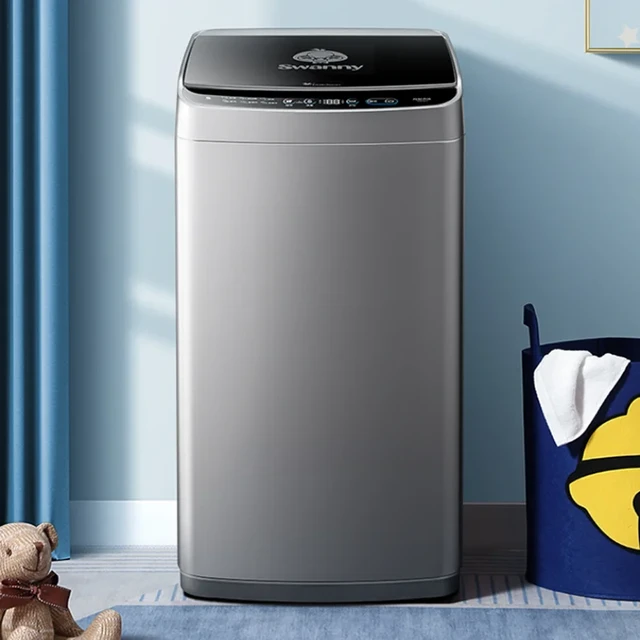
Step 5: Test the Setup
Turn On the Water Supply: With all connections securely in place, turn on the water supply to the sink. Check for any leaks at the faucet adapter, diverter valve, and water inlet hose connections. Tighten any connections as necessary to eliminate leaks.
Run a Test Cycle: Plug in the washing machine and run a test cycle to check the entire setup. Monitor the water inlet and drainage process to ensure everything is functioning correctly. Look for any signs of leaks or improper drainage.
Step 6: Troubleshoot Any Issues
Check for Leaks: If you notice any leaks during the test cycle, turn off the water supply and inspect the connections. Ensure that all hose connections are tight and that rubber washers or seals are properly in place.
Adjust the Drain Hose Position: If you experience drainage issues, check the positioning of the drain hose. Adjust the height and angle as necessary to ensure smooth water flow into the sink.
Monitor Water Pressure: Ensure that the water pressure from the sink faucet meets the washing machine’s requirements. Low water pressure can affect the machine’s performance and may require additional adjustments.
Step 7: Secure and Clean Up
Secure the Hoses: Double-check that all hoses are secure and free from kinks or twists. Properly secure the drain hose to prevent movement during washing cycles.
Clean Up the Area: Once the installation is complete and everything is functioning correctly, clean up the work area. Remove any tools, towels, or debris used during the installation.
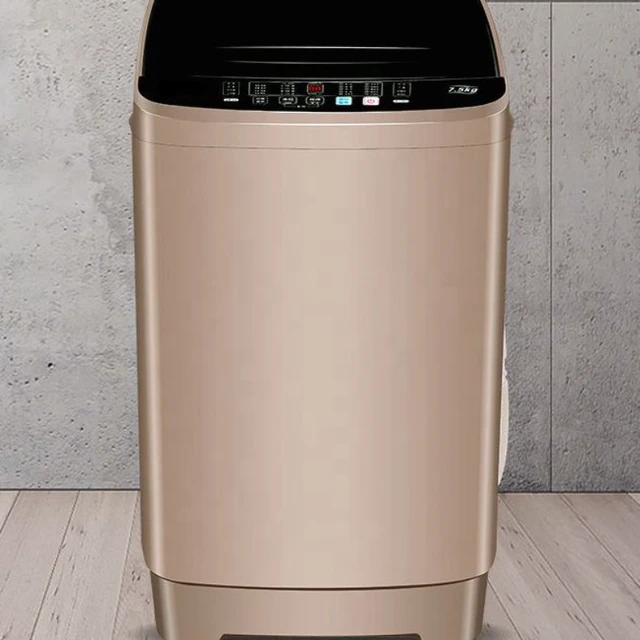
Preventative Tips for Maintaining the Setup
Implementing regular maintenance and preventative measures can ensure the long-term efficiency and functionality of your washing machine connected to a sink drain.
Regularly Inspect Hoses and Connections: Periodically check the water inlet hoses, drain hose, and all connections for signs of wear, leaks, or damage. Replace any worn or damaged components promptly to prevent leaks.
Clean the Faucet Adapter or Diverter Valve: Ensure the faucet adapter or diverter valve remains clean and free from mineral buildup. Remove and clean these components as needed to maintain proper water flow.
Monitor Drainage: Keep an eye on the drainage process during washing cycles to ensure the sink drain remains unobstructed. Clean the sink drain regularly to prevent clogs and maintain smooth water flow.
Check Water Pressure: If you notice changes in water pressure, investigate and address the issue promptly. Consistent water pressure is essential for the washing machine’s efficiency.
Use High-Quality Hoses: Investing in high-quality, durable hoses can prevent issues related to wear and tear. Stainless steel braided hoses, for example, are more resistant to bursts and leaks.
Conclusion
Connecting a washing machine to a sink drain can be a practical and efficient solution when dedicated plumbing is not available. By understanding the requirements, gathering the necessary tools and materials, and following a step-by-step guide, you can achieve a secure and functional setup. Regular maintenance and monitoring are essential to prevent issues and ensure long-term efficiency. Whether you choose a DIY installation or seek professional help, addressing the connection process with attention to detail will enhance your laundry experience and ensure the seamless operation of your washing machine.
